|
|
|
|
|
|
|
|
Photo Gallery for Apalone spinifera aspera - Gulf Coast Spiny Softshell
| 22 photos are shown. |
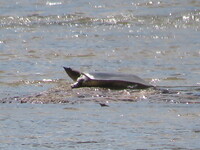 | Recorded by: B. Bockhahn
Surry Co.
Comment: |  | Recorded by: B. Bockhahn
Surry Co.
Comment: |
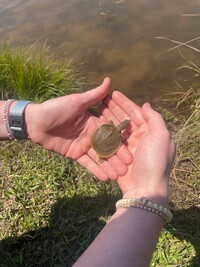 | Recorded by: Frances Cassarino, Renee Carroll
Iredell Co.
Comment: | 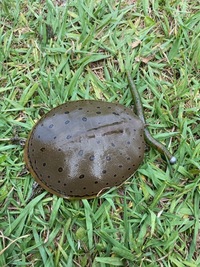 | Recorded by: R. Townsend, E. Shelton, S.Tillotson
Rutherford Co.
Comment: |
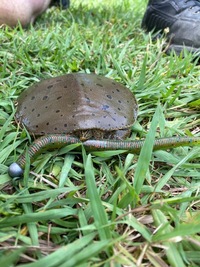 | Recorded by: R. Townsend, E. Shelton, S.Tillotson
Rutherford Co.
Comment: | 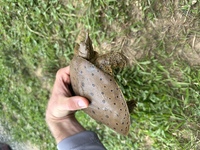 | Recorded by: Zane Fish
Alamance Co.
Comment: |
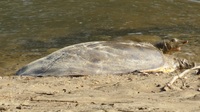 | Recorded by: B. Bockhahn
Surry Co.
Comment: | 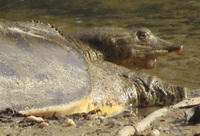 | Recorded by: B. Bockhahn
Surry Co.
Comment: |
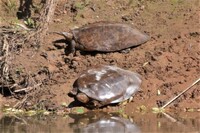 | Recorded by: Jessica Tate
Forsyth Co.
Comment: | 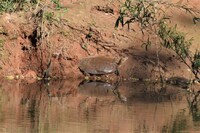 | Recorded by: Jessica Tate
Forsyth Co.
Comment: |
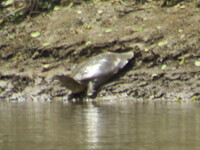 | Recorded by: B. Bockhahn
Surry Co.
Comment: |  | Recorded by: Z. Lunn, J. Baxley
Hoke Co.
Comment: |
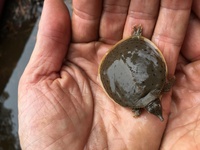 | Recorded by: Z. Lunn, J. Baxley
Hoke Co.
Comment: | 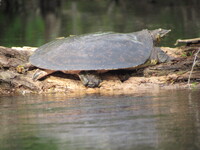 | Recorded by: B. Bockhahn
Robeson Co.
Comment: |
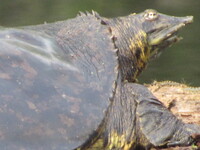 | Recorded by: B. Bockhahn
Robeson Co.
Comment: | 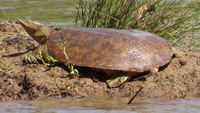 | Recorded by: B. Bockhahn
Yadkin Co.
Comment: |
 | Recorded by: B. Bockhahn, K. Kittelberger
Yadkin Co.
Comment: | 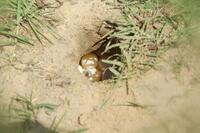 | Recorded by: Ken Campbell
Robeson Co.
Comment: |
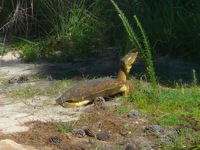 | Recorded by: Ron Pfeffer
Iredell Co.
Comment: | 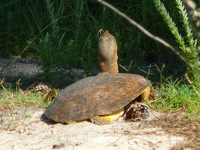 | Recorded by: Ron Pfeffer
Iredell Co.
Comment: |
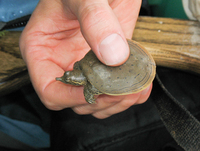 | Recorded by: Steve Hall, NHP Staff and friends
Anson Co.
Comment: | 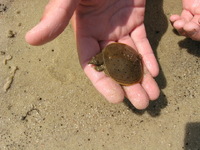 | Recorded by: Privette, Bowen, and Andy Wood
Robeson Co.
Comment: |
|

 »
» 




 »
» 


